Tom Fletcher plays Model 2D guitar
.
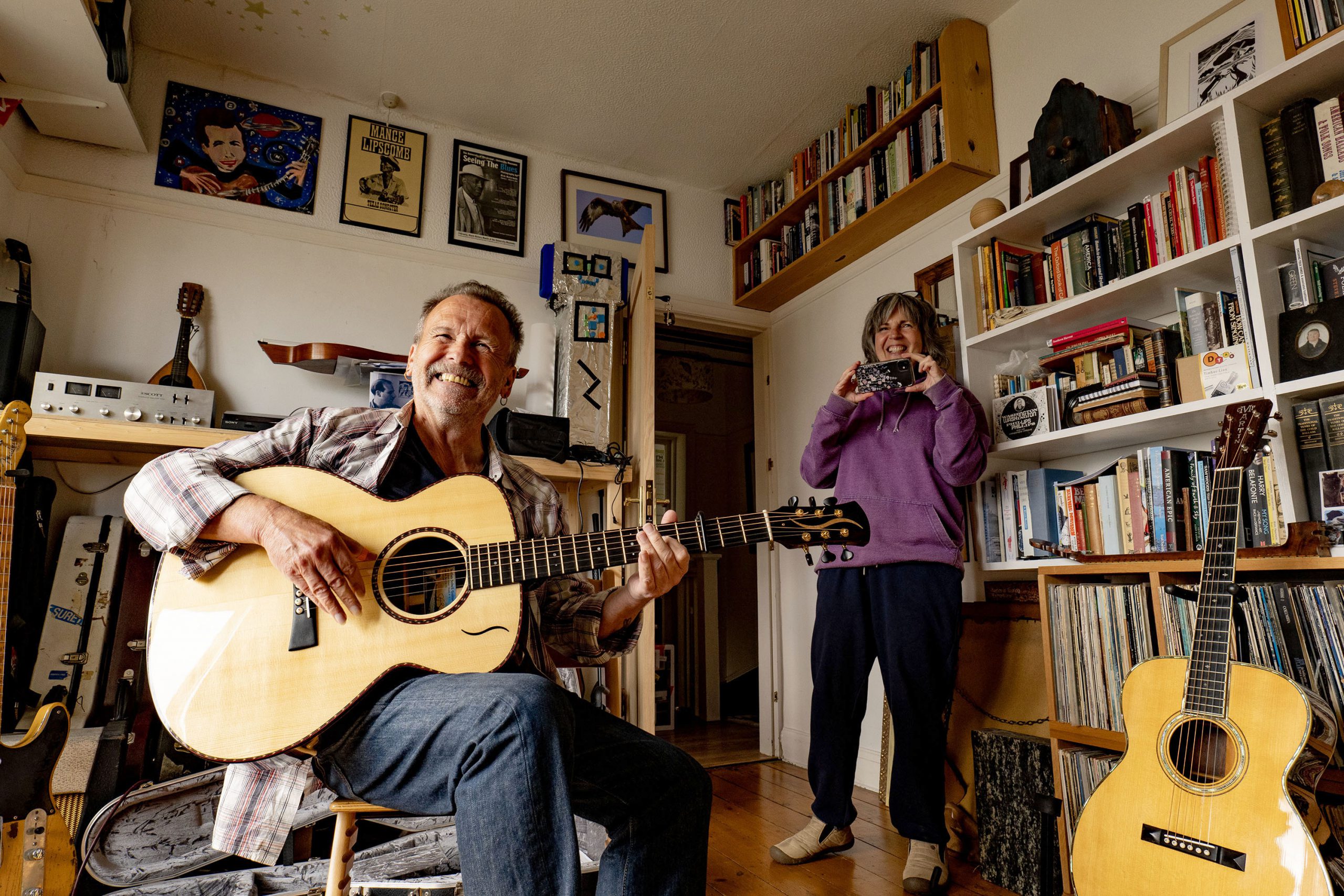
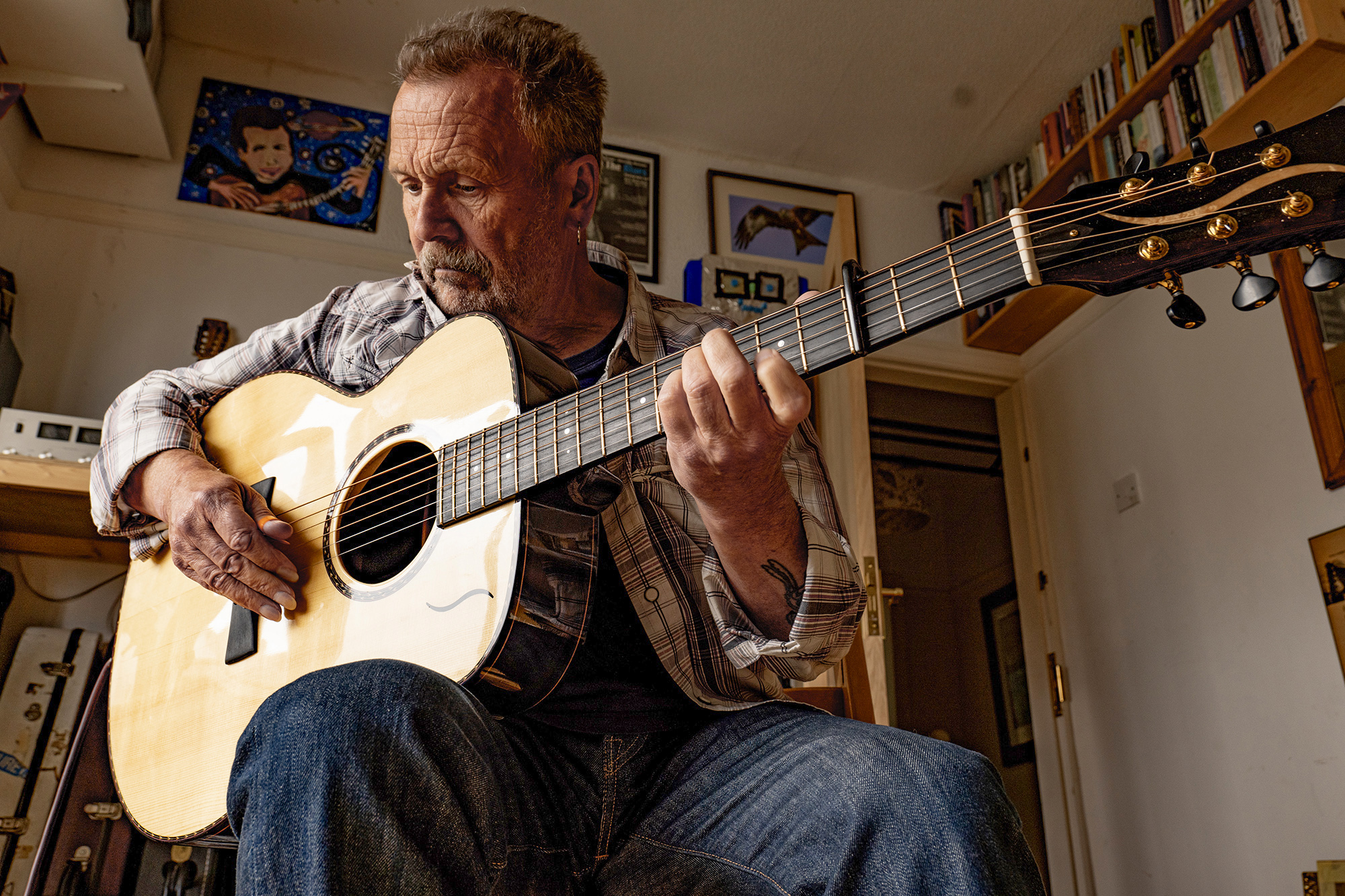
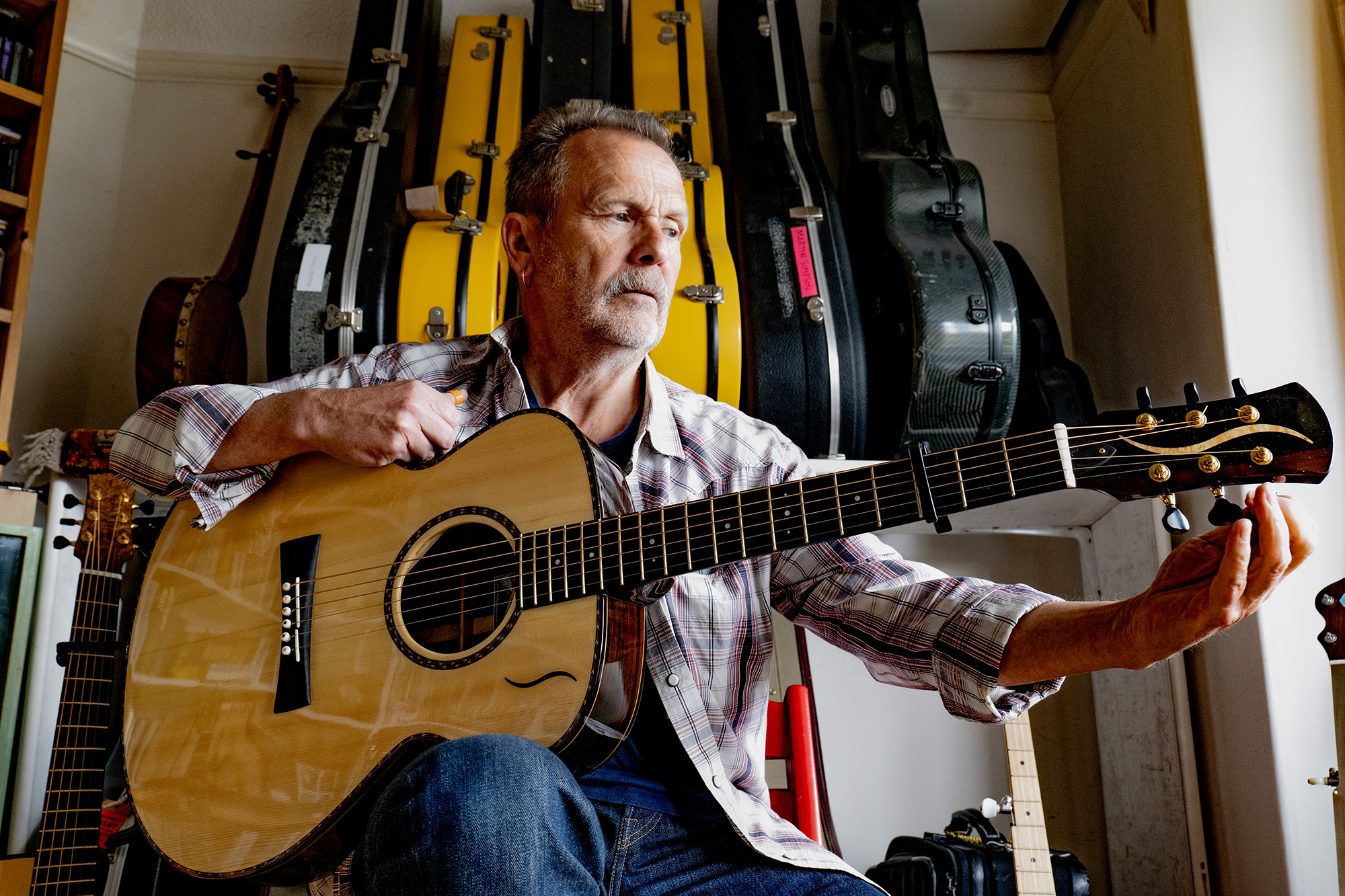
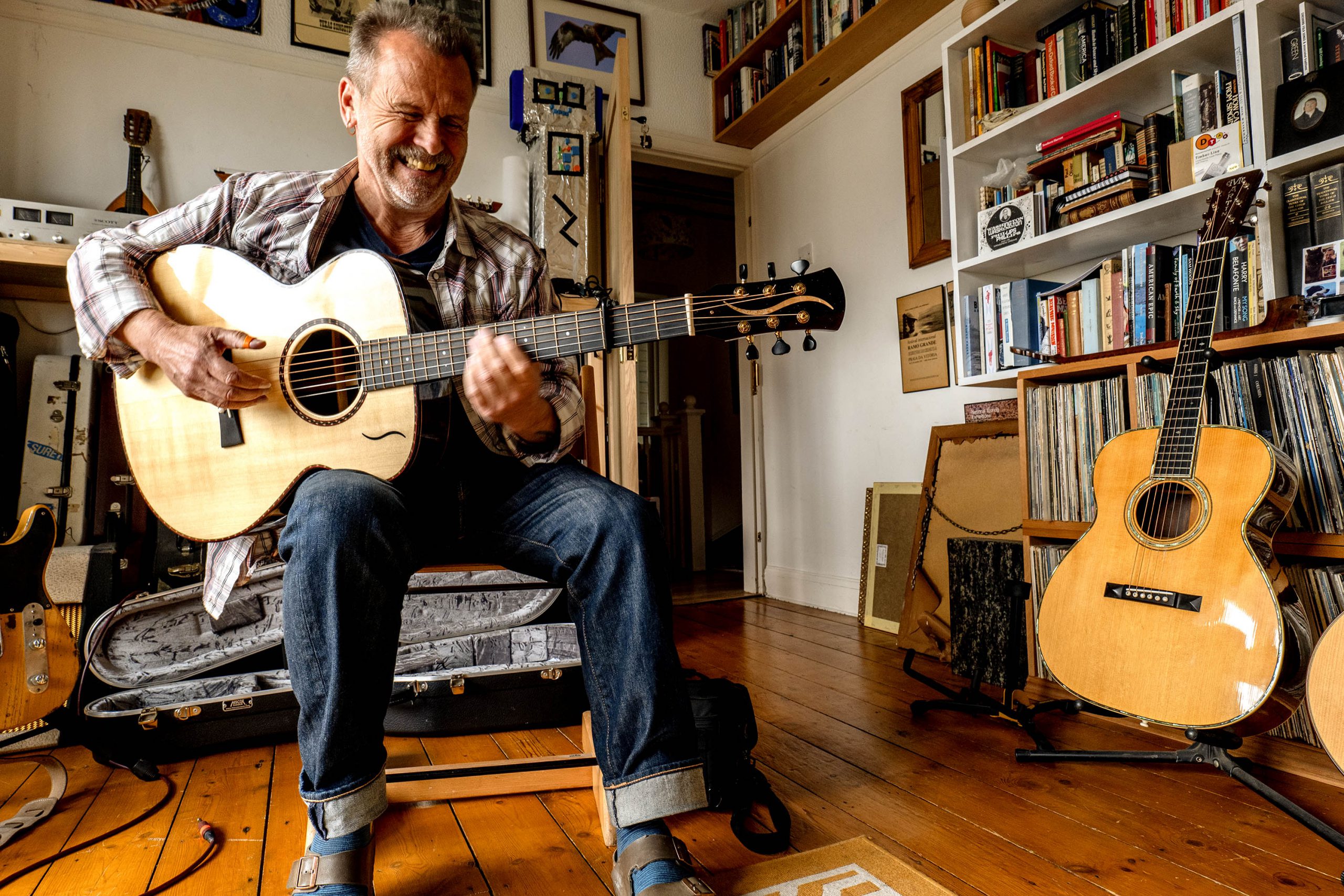
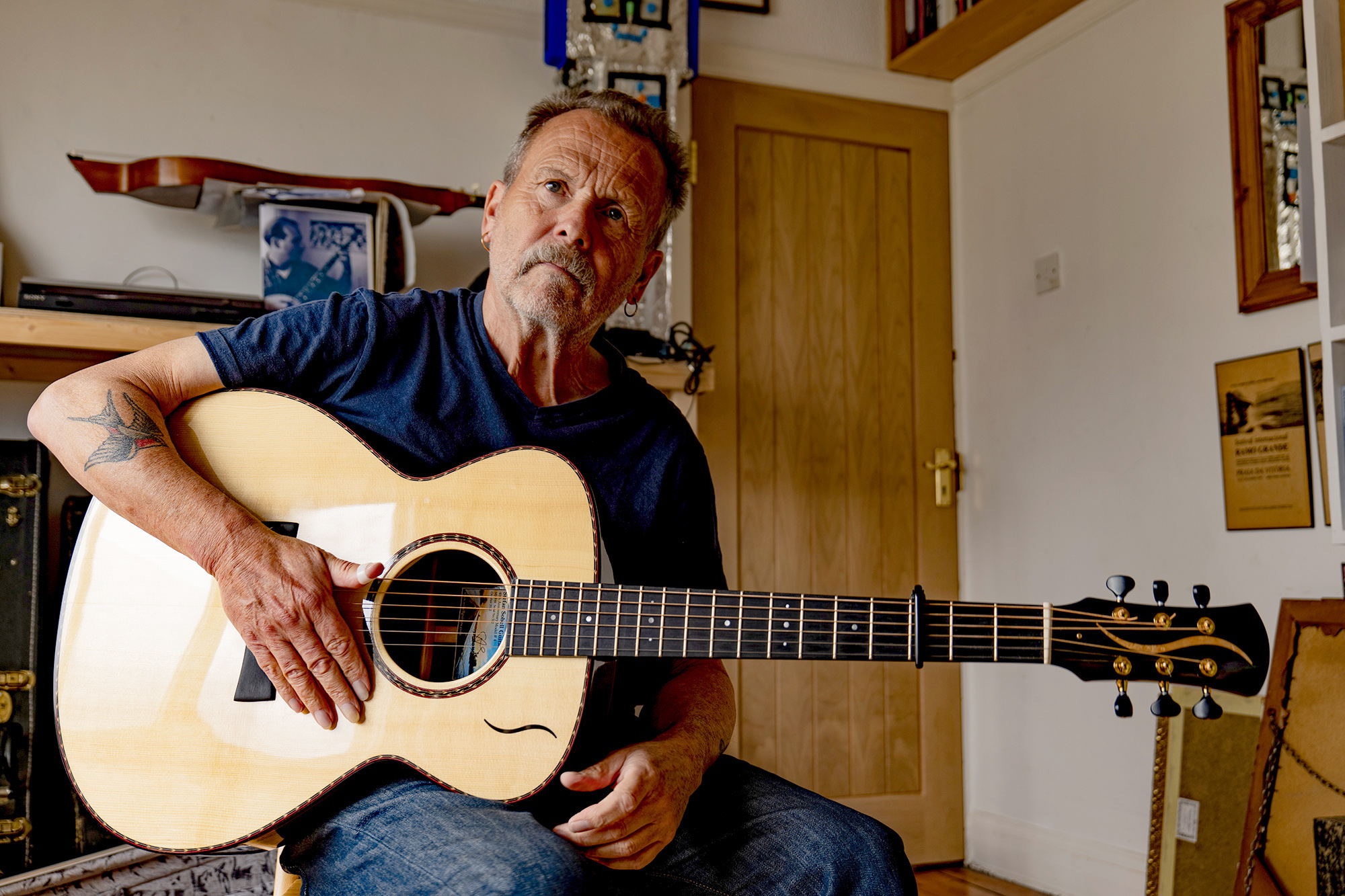 Why is there a dulcimer in my ear?
Why is there a dulcimer in my ear?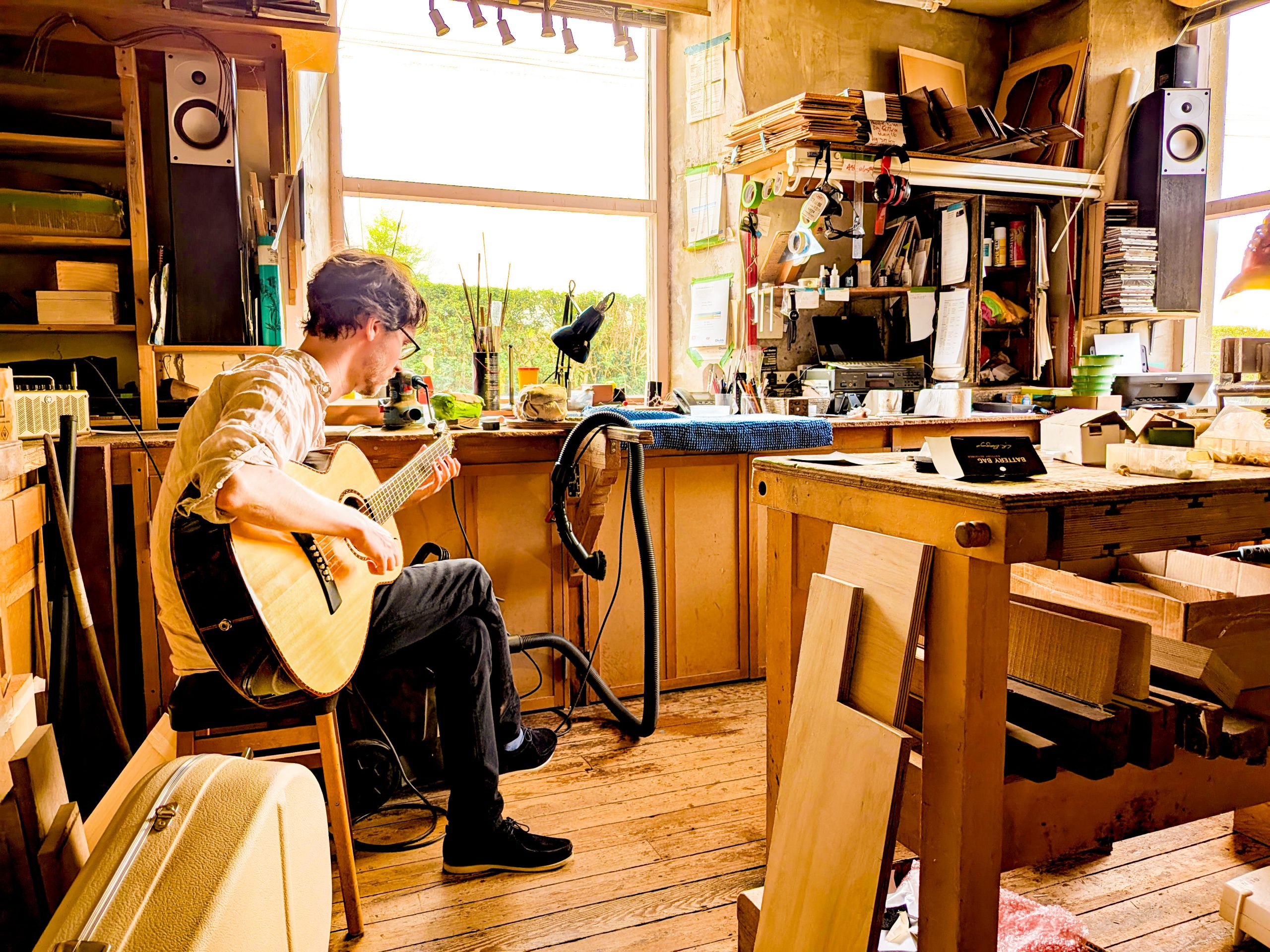
Danny is currently supporting Richard Thompson on his UK tour.
Tour dates: https://www.richardthompson-music.com/tour-dates

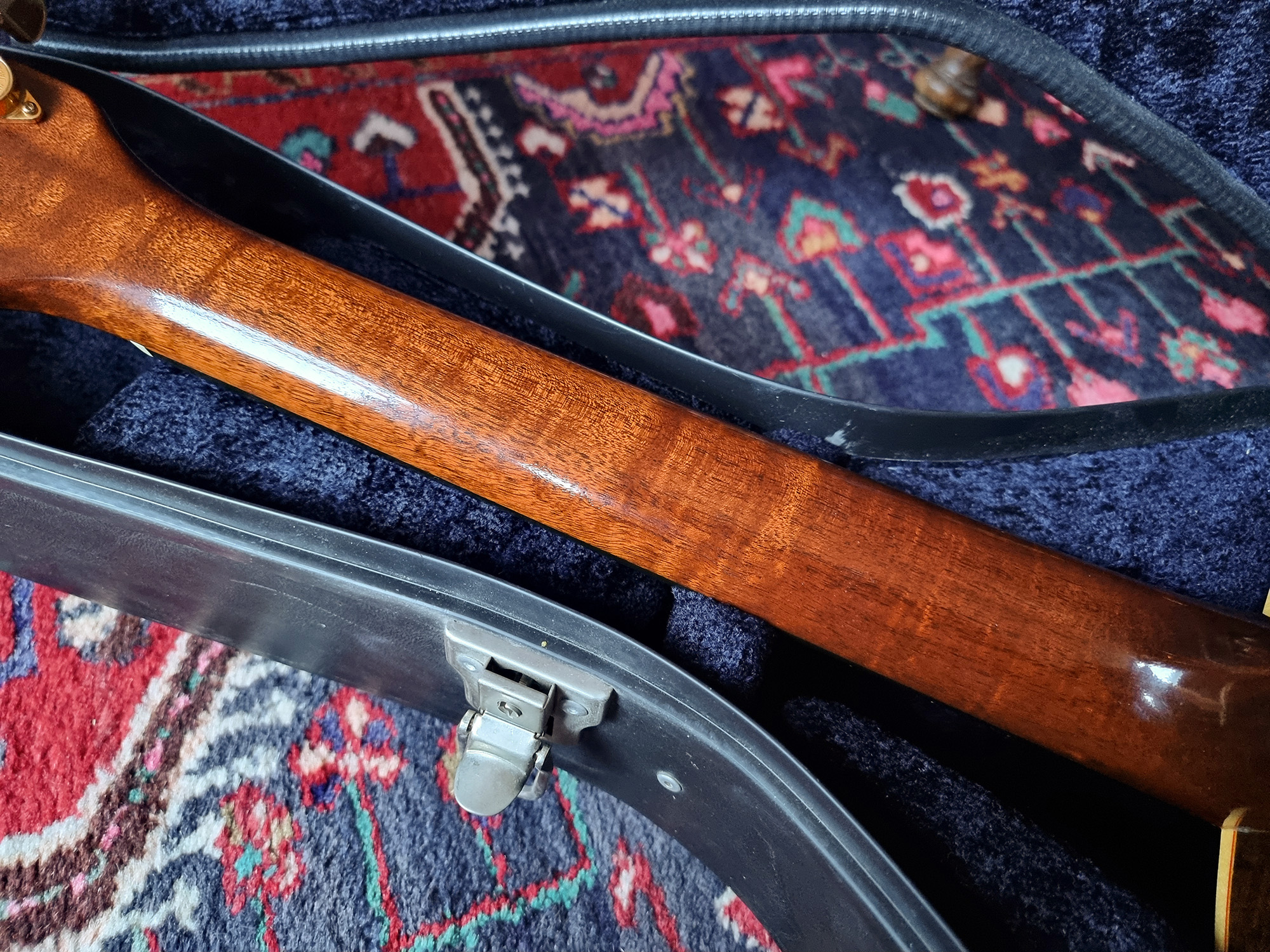 1995 neck mahogany
1995 neck mahogany
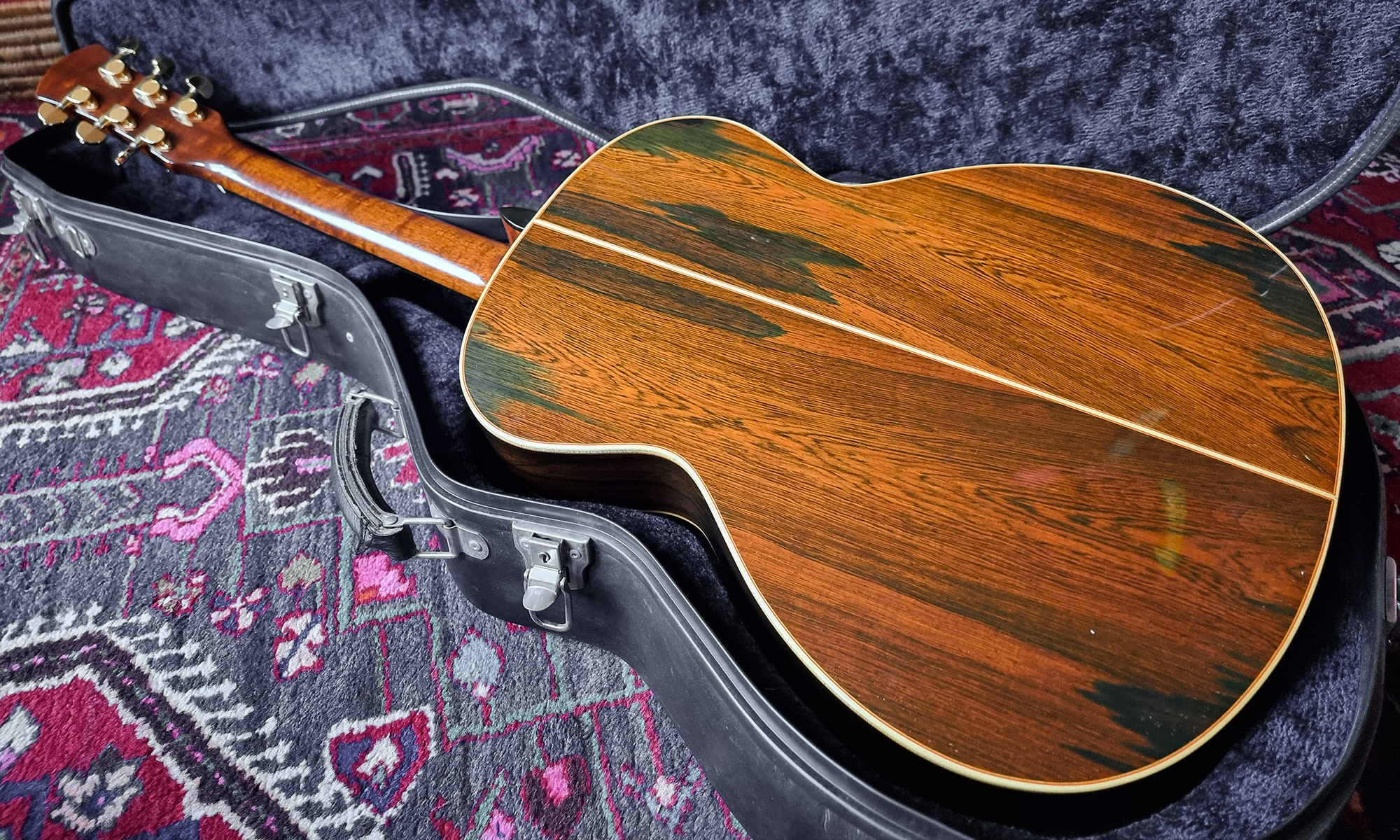 1995 Model 0 with Brazilian rosewood back
1995 Model 0 with Brazilian rosewood back
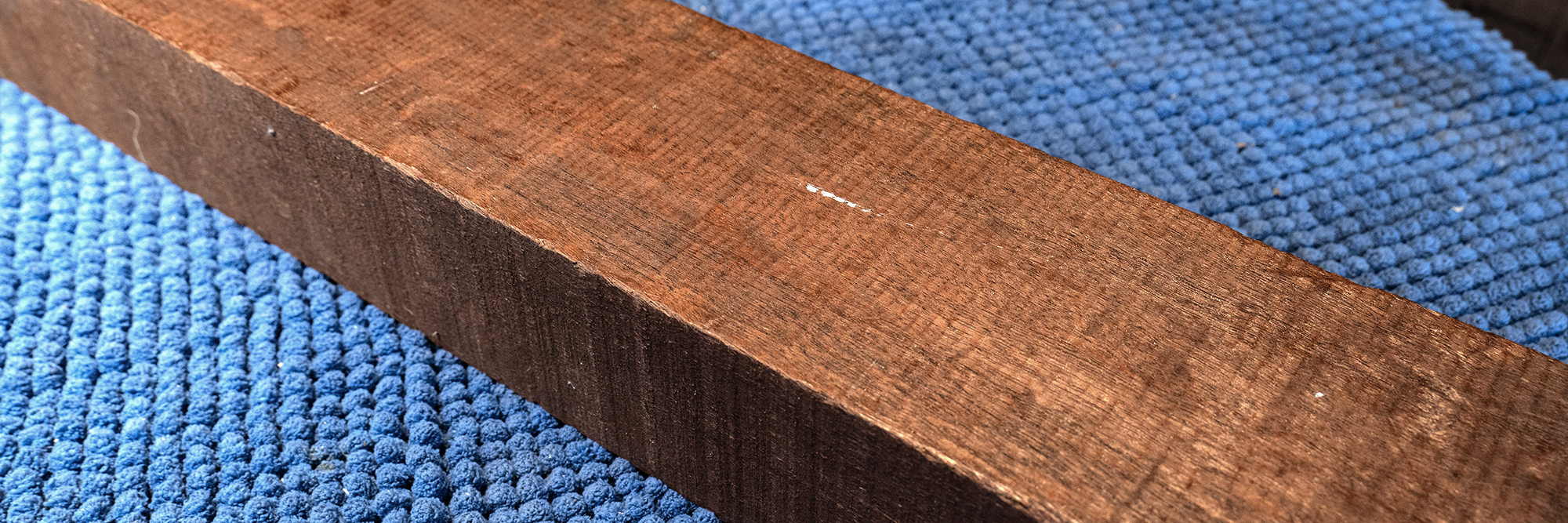 Old dark dense mahogany
Old dark dense mahogany
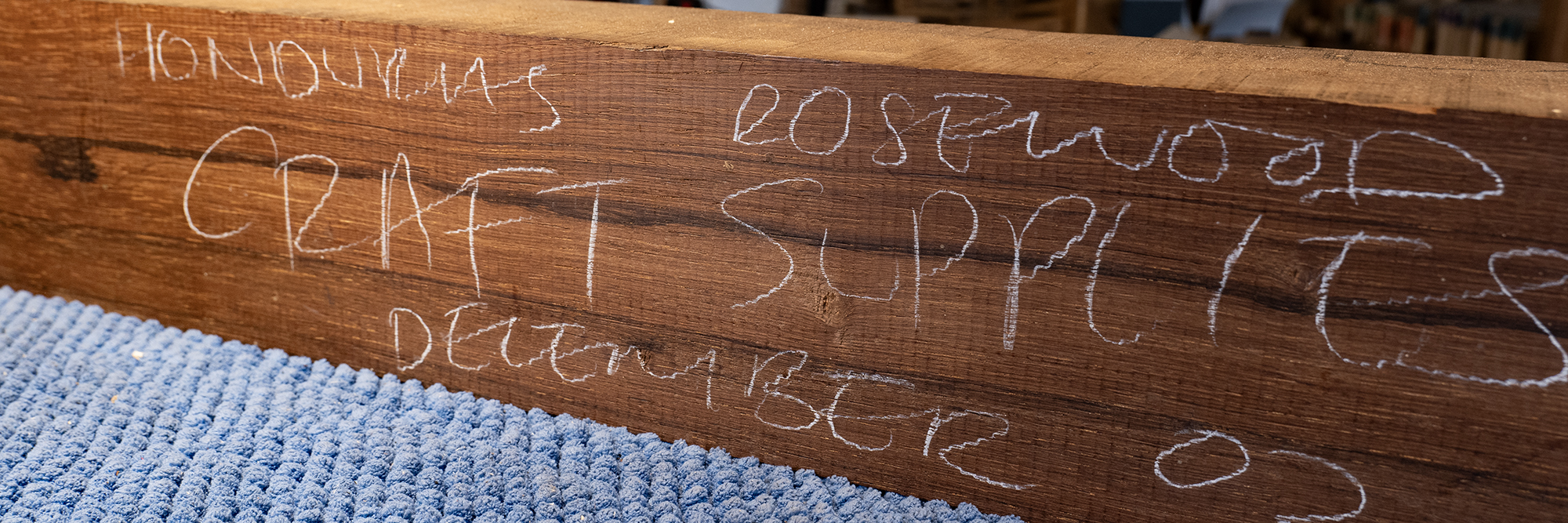 Honduras rosewood
Honduras rosewood
SOLD

 Modern double action all steel truss-rod
Modern double action all steel truss-rod1. Here is the jig mounted over the fingerboard. I removed the frets and routed out the area above the broken truss rod, enabling me to lever it out. The mahogany neck is visible at the bottom of the slot. The old truss-rod is alongside.
2. The new truss-rod is in place. As it is narrower than the original, I set pieces of Blackwood on either side so the truss-rod is a snug fit. As the rod underneath now has to turn, it is lubricated with graphite powder to minimize resistance.
3. I cut a piece of ebony of the exact size to fit the slot and fitted and glued it in place, pressing it gently onto the truss-rod. I checked that the truss-rod can still turn freely.
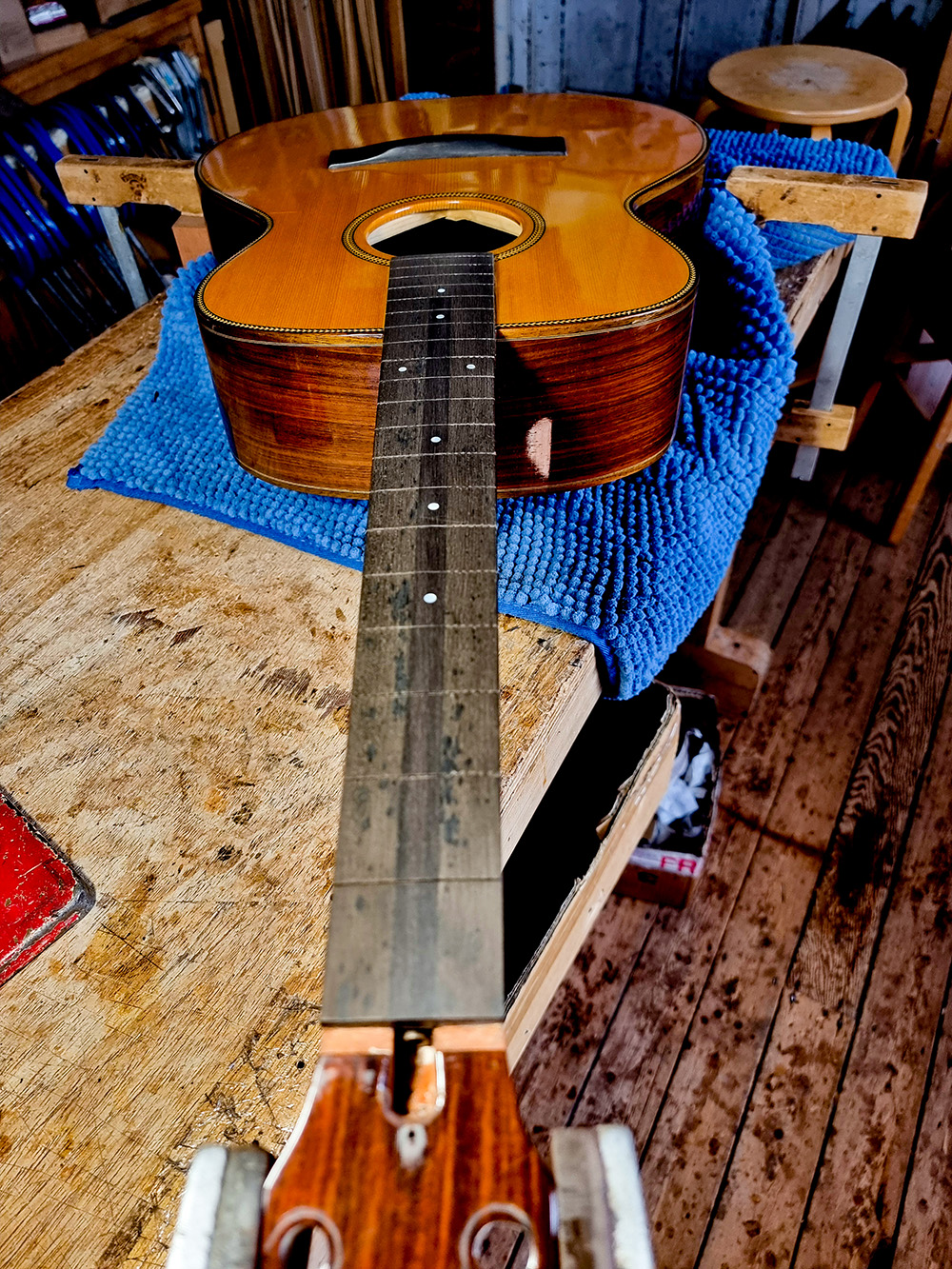
4. I trimmed the ebony insert down to match the level of the existing fingerboard, cut the fret slots in it, and replaced the centre Mother of Pearl dots.
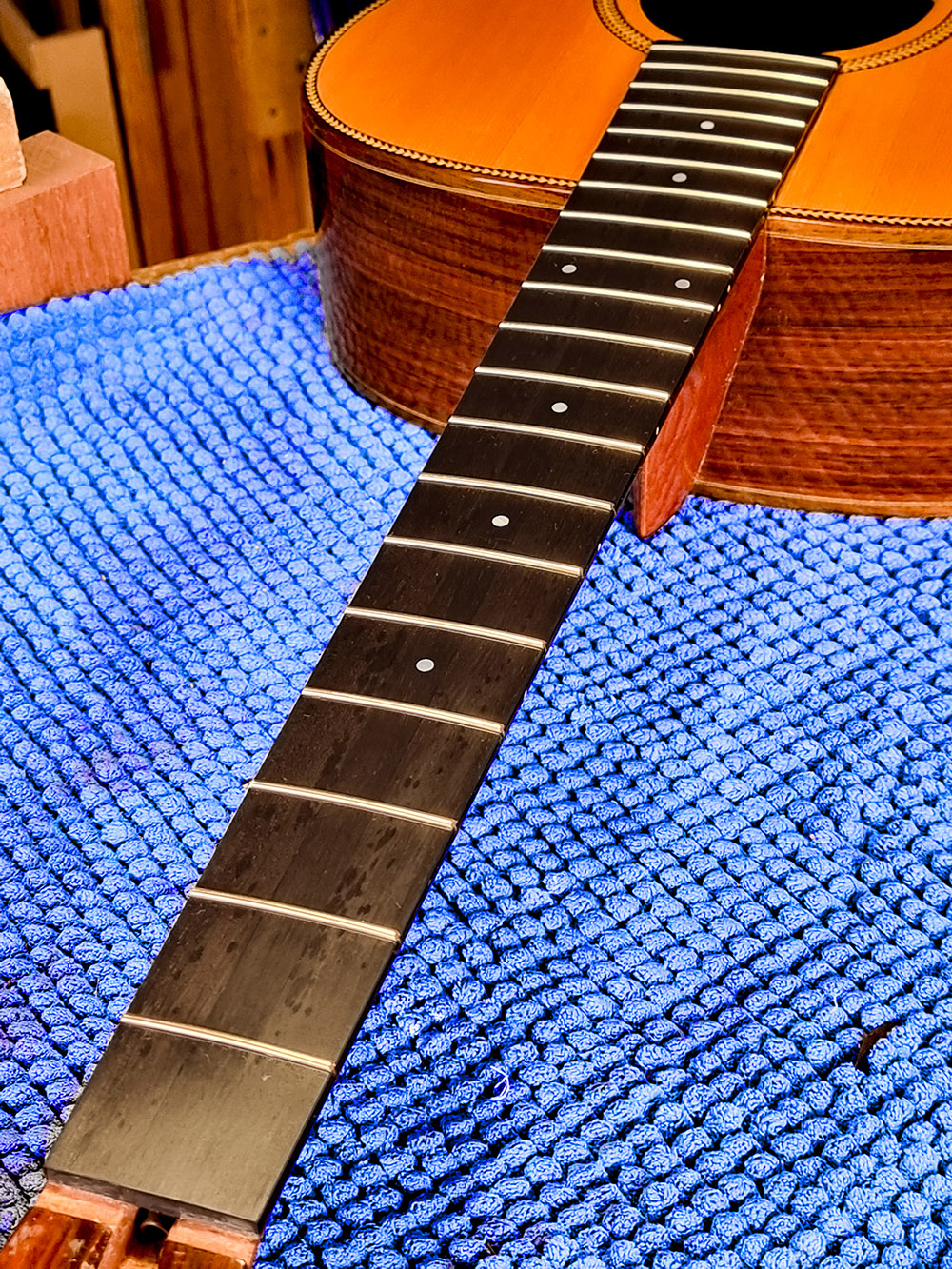
5. The old frets were worn, so after checking the fretboard is level, I replaced them with Evo Gold fretwire. This is much harder than the original nickel silver and will last much longer without pitting.
6. Now strung up, it needed just a tweak on the truss-rod, and it’s perfect. The only way the repair shows is that the new ebony is a little blacker than the original, but a quick oiling minimizes even this. With the 3rd and 4th strings over the joins, it is almost impossible to see. And no damage to the finish.
Click on the image to see a larger version.